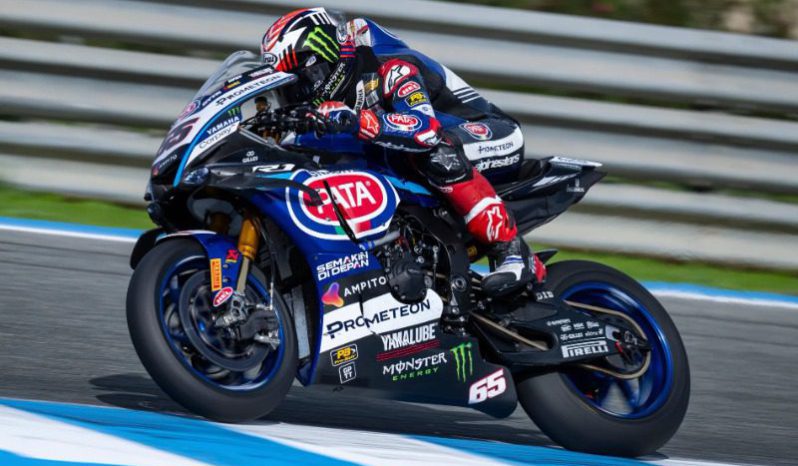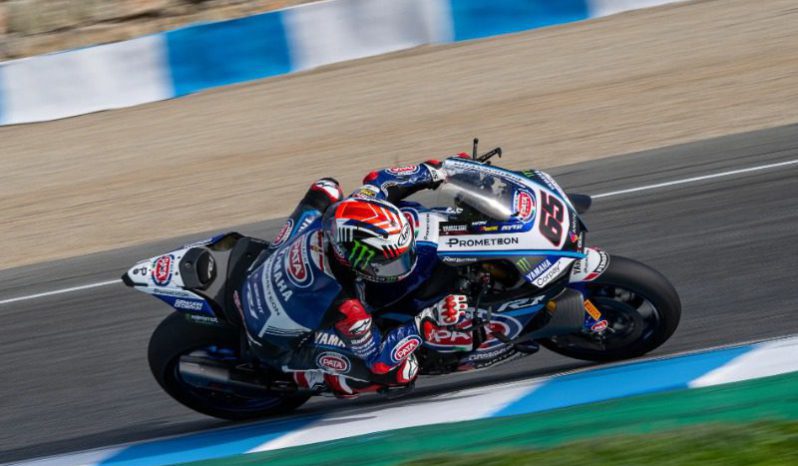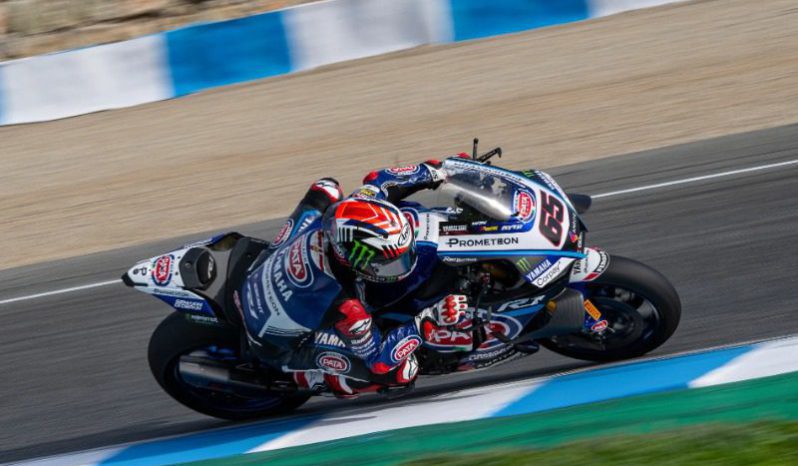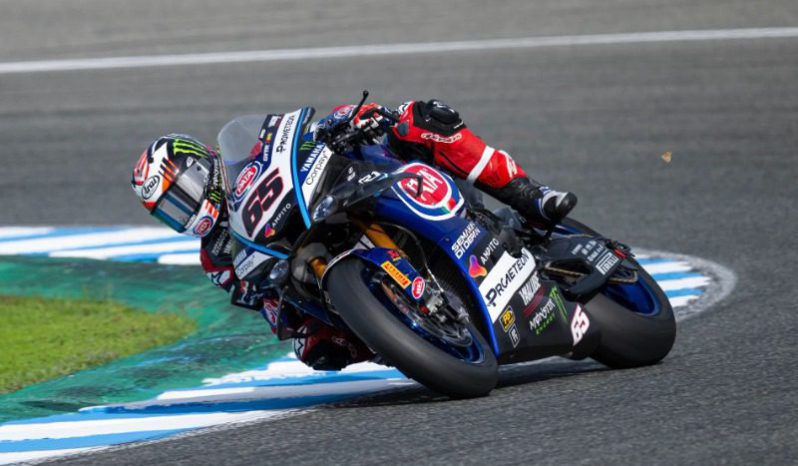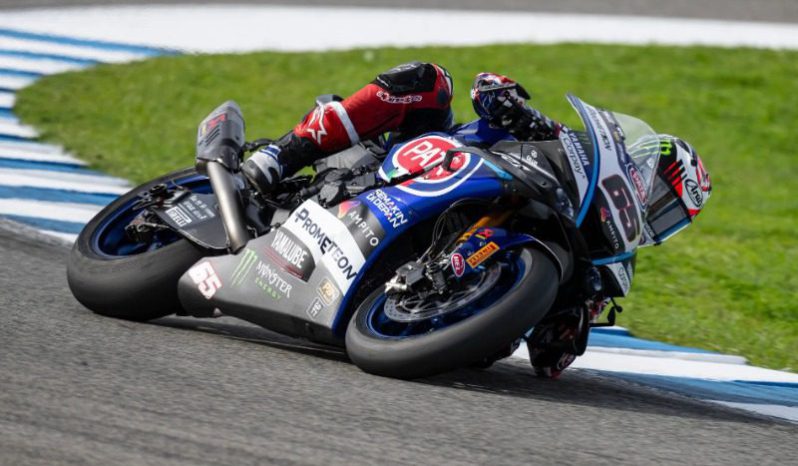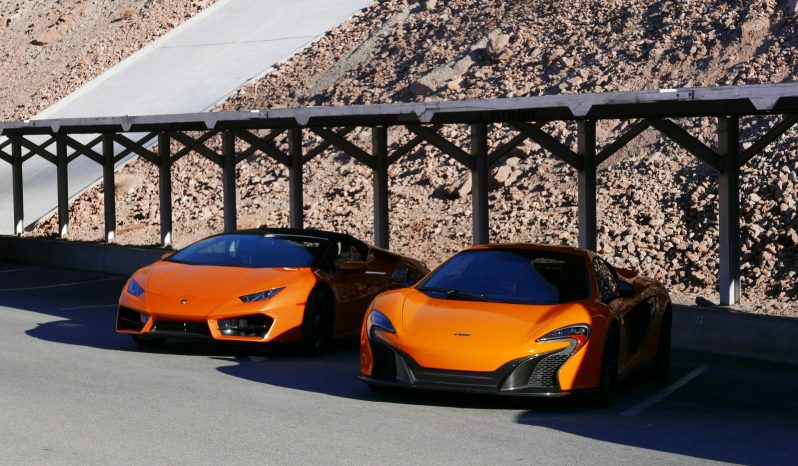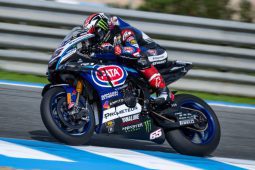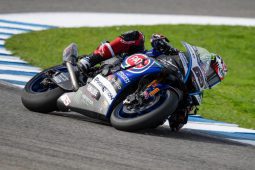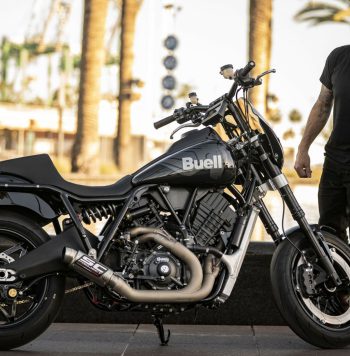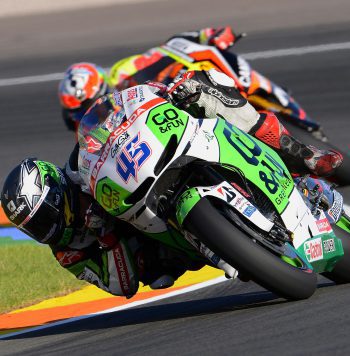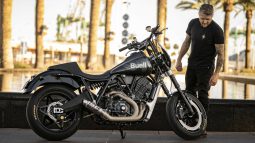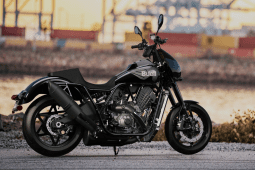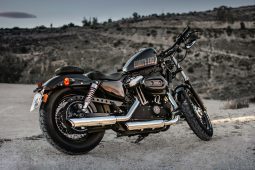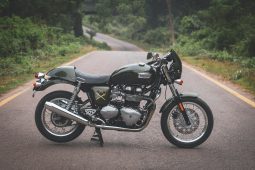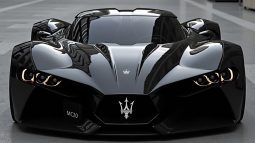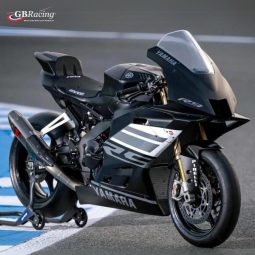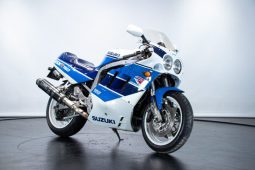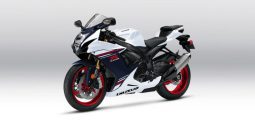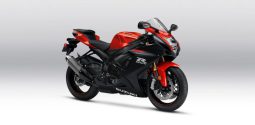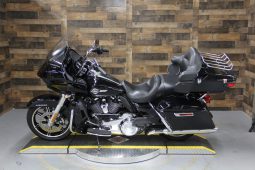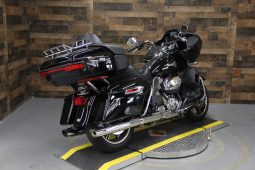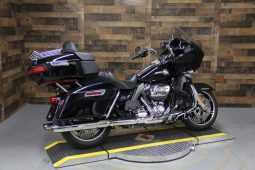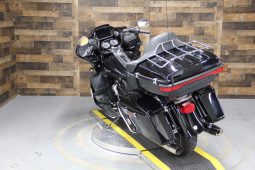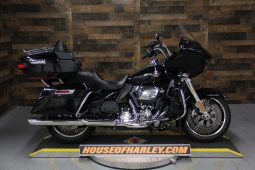MARKETING
+381631499007
WhatsApp Chat
+1 202 709-7449
SMS KORISNIČKI SERVIS
+381638455200
OGLASI ZA POLOVNA I NOVA VOZILA - SRBIJA

|
Cena
€ 14.000
|
Kupi za € 13.500
|
Yamaha Fjr1300 2001
Actions
- ADDED: septembar 08, 2025
-
ID # 92173
- Zakaži probnu vožnju
-
na listi upoređenja
Ukloni sa listeDodaj za upoređenje
- Podeli oglas
- Stanje Polovno
- Marka Yamaha
- Model Fjr1300
- Tip Touring
- Godište 2001
- Kubikaža 1300 cm³
- Kilometraža 17000 km
- Lokacija Bački Breg
- Kilovati 110 KW
- Konjske snage 147 KS
- Broj cilindara 6
- Menjač Manuelni
- Hlađenje Vazdušno hlađenje
- Prenos Lanac
- Boja Siva
- Registracija Neregistrovan
- Zemlja uvoza Austrija
- Status vozila Strane tablice
- Oštećenje Neoštećen
- Zamena Bez zamene
- Vrsta Oglasa Pravno lice
- Test Vožnja Da
- Pogodnosti Garancija
- Istorija Car Vertical
- ID zalihe 92173
- VIN: 87GKK45785555JJG
KARAKTERISTIKE
OPREMA
- Električno paljenje
- Amortizer volana
- Vetrobran
- Cerada
- Kick start
- Stalak za motor
- Kaciga
- Alarm
- ABS
- Slideri
- Zadnje torbe
- Bočne torbe
- Tank torba
DODATNE INFORMACIJE
- Garažiran
- Servisna knjiga
DODATNI OPIS
Pošalji poruku prodavcu


